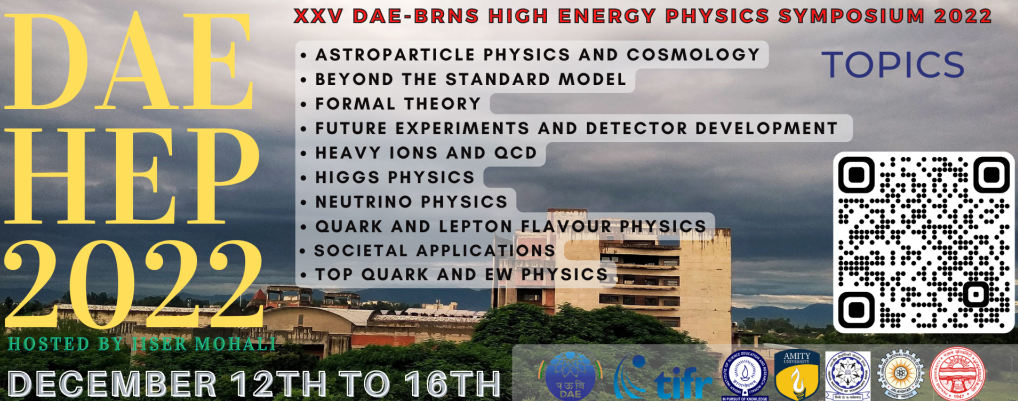Speaker
Description
The CMS experiment at CERN uses a two-stage trigger system to filter and store events of physics importance: a hardware-based Level 1 (L1) trigger that uses fast electronics to process data in a pipeline fashion at 40 MHz with an output rate of 100 kHz and a software-based High-Level Trigger (HLT) run on computer farms with an output rate of around 1.5 kHz. Many novel trigger algorithms, coupled with technological developments such as heterogeneous computing in GPU's were developed to cope with the increased luminosity and physics needs of Run3. This talk summarises the performance of these triggers, both L1 and HLT in early Run3 data.
| Session | Future Experiments and Detector Development |
|---|
